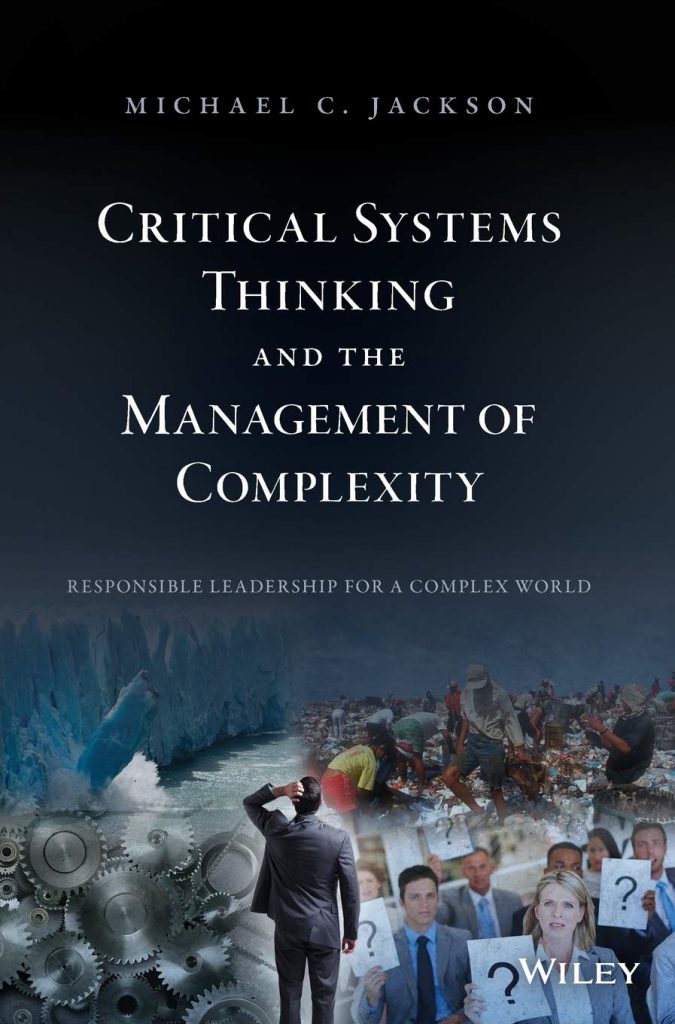I recently completed a course on Critical Systems Theory with Michael C Jackson—author of Critical Systems Thinking and the Management of Complexity.
In this course, over 8 weeks, we covered multiple systems-based approaches for handling technical, process, structural, organizational, people, and power complexity.
One thing of note is that many of these forms of complexity are better described as complicated; there are many moving parts, but it is possible to sort them out. And some are genuinely complex; connections are profoundly entangled, and relationships are hard to comprehend.
One essential part of the process of Critical Systems Thinking is using various metaphors for the organization and how viewing challenges through each can give a different perspective.
The seven perspectives
Machine Perspective
The Machine Perspective views organizations as rational instruments designed to be effective in achieving the goals of their controllers.
In other words, it views an organization as a complicated machine, one where the organization of the parts can effectively drive outcomes.
Organism Perspective
The Organism perspective portrays organizations as complex systems seeking to survive. They have needs that must be met by their relatively autonomous subsystems.
This view considers an external environment in which the organization resides and focuses on making the individual parts work together to achieve the organization’s purpose.
Cultural Perspective
The cultural perspective refers to familiar and persistent ways of seeing and acting in organizations.
This is a view that we often take. We talk about the culture of our organization and how that culture leads to our results. The focus is on shared values and a shared purpose.
Political Perspective
The political perspective sees organizations as loose coalitions of different individuals and groups with diverse interests.
From this perspective, individuals’ unique needs and desires are acknowledged, as are the resulting conflicts and power struggles. From this perspective, it is crucial to understand how the organization reconciles those conflicts.
”Coercive System” Perspective
The “coercive systems” perspective views organizations as instruments of domination used by some to benefit themselves at the expense of others.
With this perspective, the differences within an organization can threaten to pull it apart and harm individuals. The focus from this view tends towards empowerment and emancipation of those that are oppressed.
Environmental Perspective
The environmental perspective is an extension of the organismic perspective. The long-term future of an organization and their environment are seen as interdependent.
From this perspective, not only is the survival of the organization considered but the entire ecosystem.
Interrelationship Perspective
The interrelationships perspective is explicitly systems-based and is included because, from the systems viewpoint, the matters identified by the other perspectives are often highly interrelated.
In many ways, this perspective serves as a reminder that a single perspective is never enough.
The approach
Each perspective will show a valid view from its side, but no perspective can accurately tell the whole story. All viewpoints are flawed and limited but combined can give a powerful, if still incomplete, picture of the organization and its challenges. Each perspective can highlight challenges that must be addressed, and the appropriate systems methods can be applied to work on that problem.
Another critical factor in choosing which systems methods are relevant is the organization’s makeup. The three considerations are whether the participants are:
- Unitary: People share the same values, beliefs, and interests.
- Pluralist: People have compatible interests but have different values or beliefs.
- Coercive: People have few interests in common and have irreconcilable values and beliefs.
With these factors understood, the most appropriate methods can be chosen and applied. It is critical to continue to reflect through the previously listed perspectives to ensure that the right challenges are being addressed and to update the approach.


